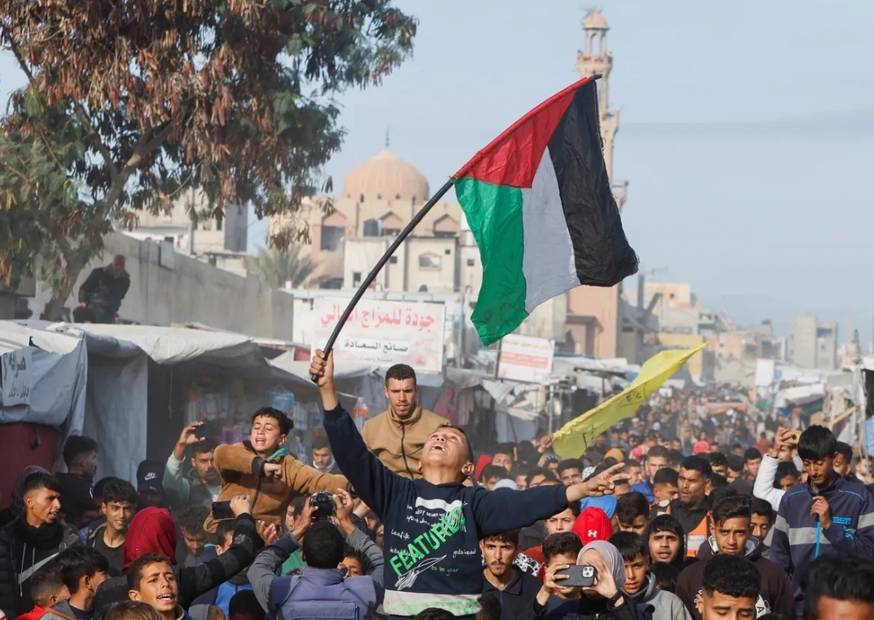ISLAMABAD: The guns may have fallen silent in Gaza, but the path to lasting peace remains steep and uncertain. The recently brokered ceasefire, achieved after intense diplomatic maneuvering led by former US President Donald Trump and key regional stakeholders, has momentarily halted the bloodshed — yet left several critical questions unanswered.
While the agreement signed in Sharm el-Sheikh outlines the framework for peace, it stops short of providing a comprehensive roadmap for implementation. Both Hamas and Israel, the primary parties in the conflict, were not directly part of the final negotiations — raising doubts about the sustainability of the truce.
Experts warn that the toughest phase begins now. The issues of Hamas’s disarmament, Israeli troop withdrawal, and the creation of an international stabilisation force for Gaza remain unresolved. Additionally, the structure of a transitional governing body for the war-torn territory is still being debated, leaving room for potential deadlock and renewed violence.
For Pakistan and other regional observers, the truce represents a cautious glimmer of hope. However, without firm timelines, trust-building mechanisms, and credible enforcement guarantees, the ceasefire risks becoming just another pause in a long cycle of unrest.
As the world watches closely, the coming weeks will reveal whether this fragile peace can pave the way for genuine stability — or collapse under the weight of old hostilities.
This story has been reported by PakTribune. All rights reserved.



